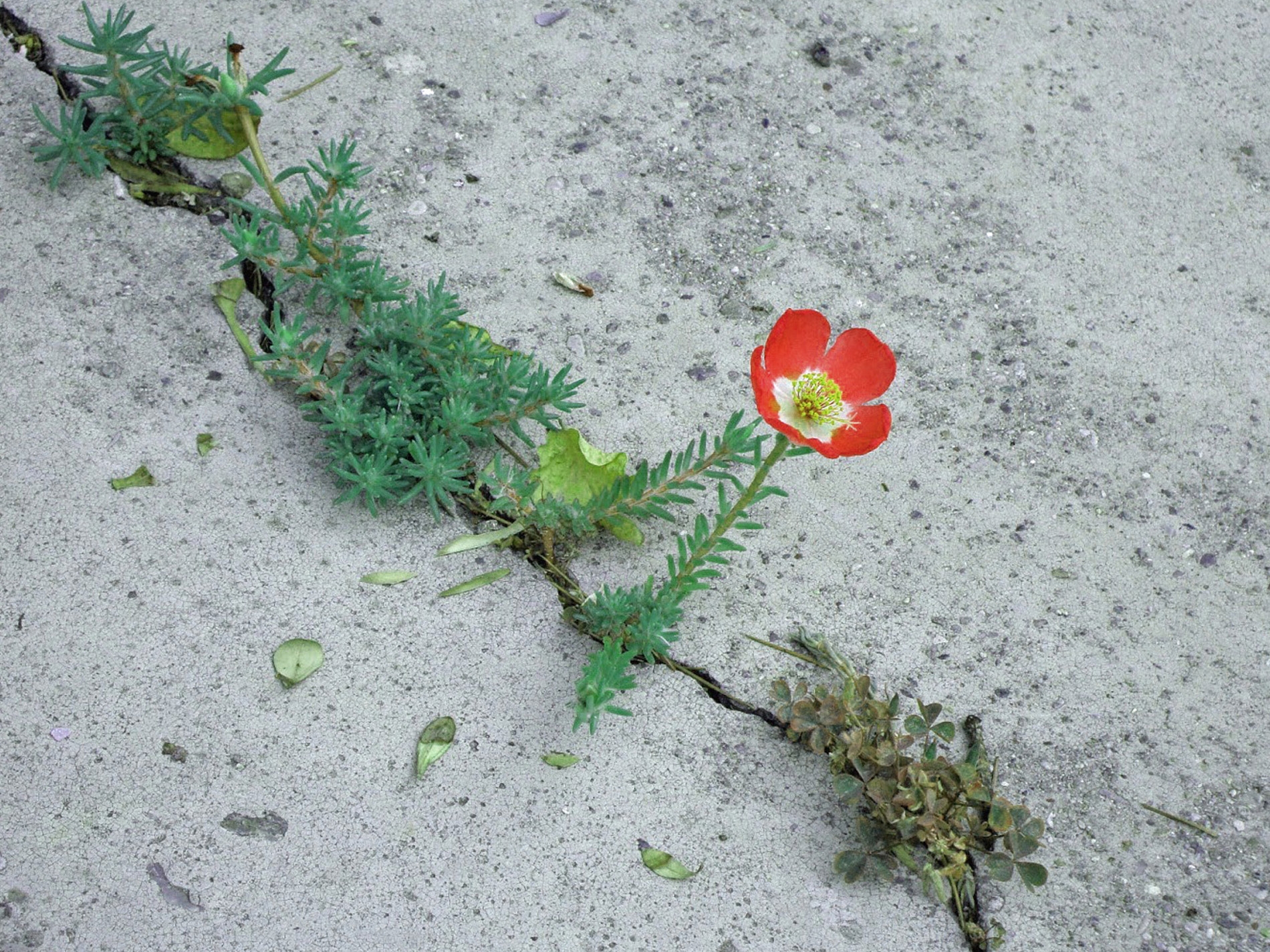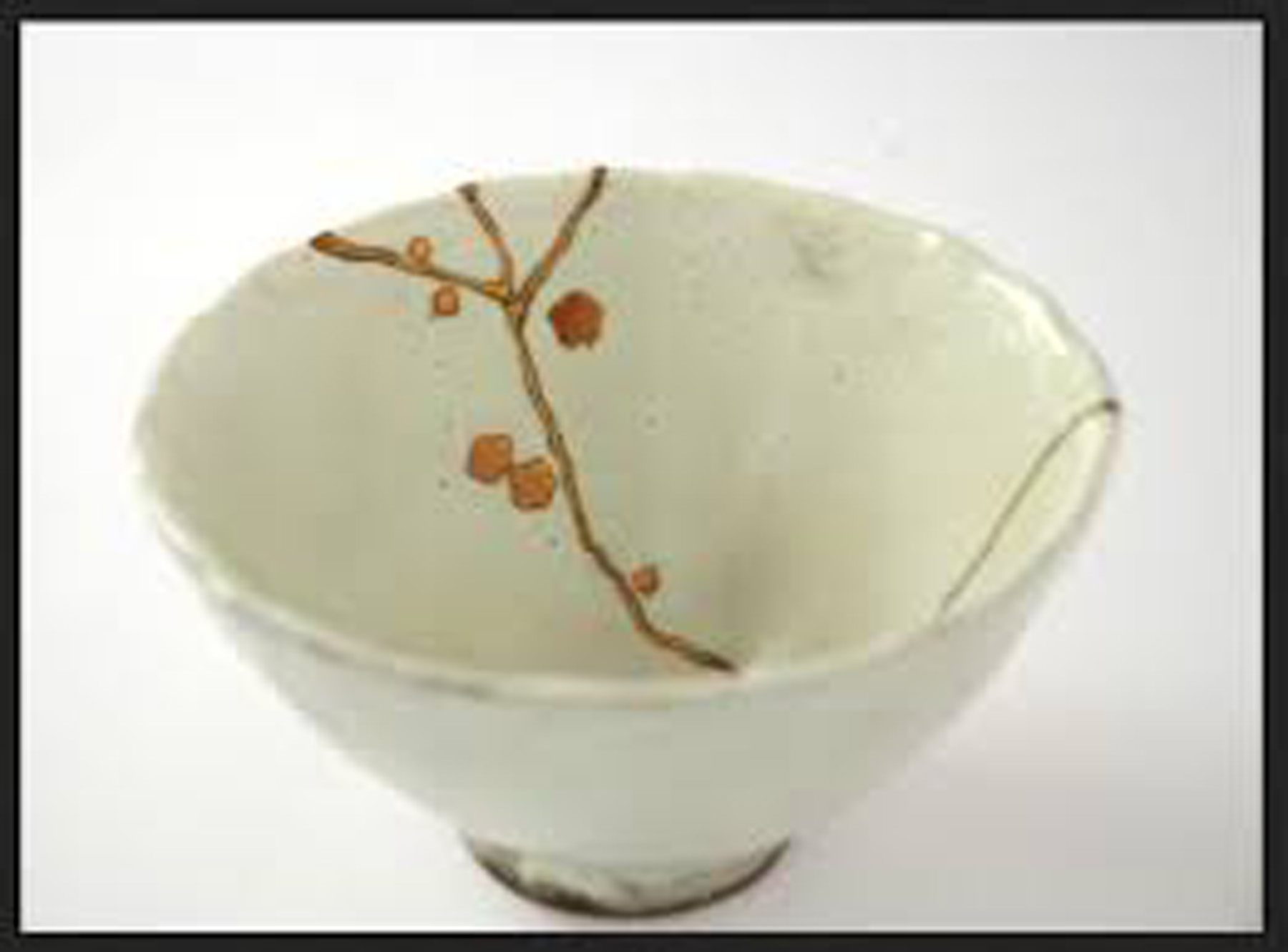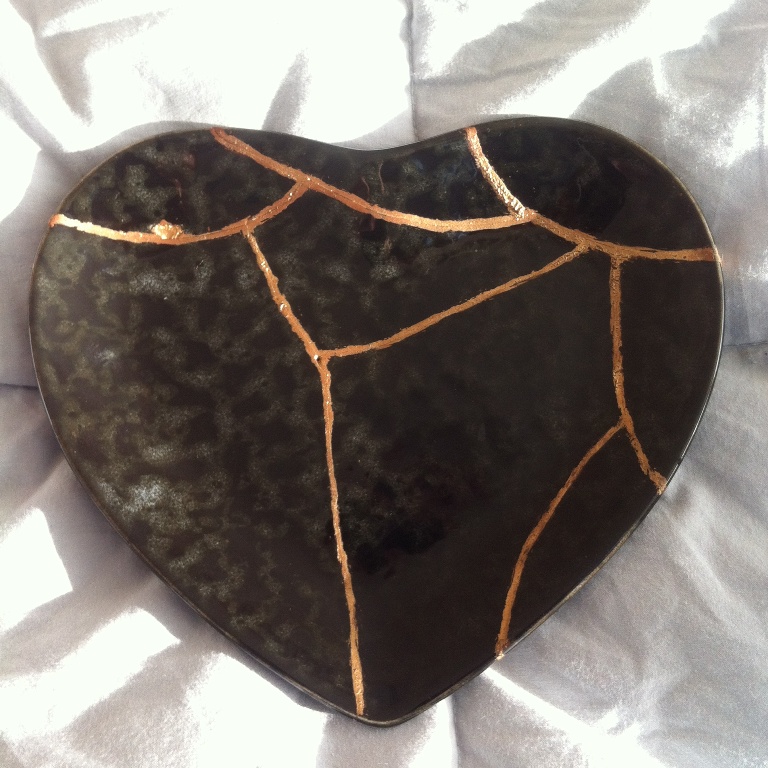Imperfections: what if we stopped hiding them?

Did you break a pot? We take some glue and fix it, being careful to hide the cracks as much as possible (unless we do not toss the pieces out and buy a new one).
Have you been hurt in life once or more? (both physically and emotionally)? We are careful not
to let anyone see it: "How are you?"
“I’m very well!” is the obvious answer in 90% of cases. However, the general trend is to hide: cracks, breakages, stitches, weaknesses, and our fallibility.
 Covering it all up, especially in the eyes of others, but more often to ourselves: we think that a crisis is always a bad thing, but what we learn, and how we evolve during and after a period of difficulties and disorientation, may be surprising. (After all crisis comes from the Greek word krino, to separate and, in a broader sense, to discern, to judge, to evaluate, so it also has a positive degree, since it means a period of reflection , evaluation, selection and can turn out to be the necessary condition for improvement or rebirth).
Covering it all up, especially in the eyes of others, but more often to ourselves: we think that a crisis is always a bad thing, but what we learn, and how we evolve during and after a period of difficulties and disorientation, may be surprising. (After all crisis comes from the Greek word krino, to separate and, in a broader sense, to discern, to judge, to evaluate, so it also has a positive degree, since it means a period of reflection , evaluation, selection and can turn out to be the necessary condition for improvement or rebirth).
However, crises are part of our life and should not be hidden as they were some sort of crimes: if we get torn apart and we eventually pull ourselves together, we should not conceal the scars; perhaps we should highlight this reconstruction.
Japan has a beautiful way of thinking and acting about broken things or missing parts, which we might call “praise to imperfection.”
I’m taking about the kintsugi or kintsukuroi technique (Japanese word for "repairing with gold") dating back to the fifteenth century: broken ceramic pottery is repaired or rebuilt by welding the pieces with a combination of lacquer and rice glue. Before solidification, it is dusted with powdered gold or silver or other metals.
This technique does not disguise cracks, chipping and marks of wear, but it makes them its own to enhance them, making them appear in a different light. These objects, from broken, are transformed into something valuable, both financially (due to the use of precious metals) and artistically, since each object becomes unique and inimitable.
Kintsugi thus holds in itself an equally valuable message: the imperfection of a crack or a wound can generate a new preciousness, both aesthetic and spiritual.
 A new beauty is generated where a flaw was previously sensed: cracks are highlighted and they even shine, becoming the most valuable part of the object because they tell the story of that object. Our wounds and the grief they caused us, likewise should not be deleted, disguised, covered, but acknowledged, developed with patience and care to create a new essence that can even shine and, indeed, deserves to be underscored: "This is the time you have given over to your rose, that makes your rose so important "says the Saint-Exupery fox to the Little Prince.
A new beauty is generated where a flaw was previously sensed: cracks are highlighted and they even shine, becoming the most valuable part of the object because they tell the story of that object. Our wounds and the grief they caused us, likewise should not be deleted, disguised, covered, but acknowledged, developed with patience and care to create a new essence that can even shine and, indeed, deserves to be underscored: "This is the time you have given over to your rose, that makes your rose so important "says the Saint-Exupery fox to the Little Prince.
After all, falling and cracking are inevitable, but hardly anything is really beyond repair and repairing itself can be a rich asset.
But in this narcissistic age (addiction to Photoshop) might there be room for anything that is not new, healthy, perfect and flawless?
We should make that room: with all this disguising, trickery and tweaking, your very essence might end up becoming as transparent as the glue we use to fix that broken pot we mentioned at the beginning.
Perhaps it is a good thing to take a cue from kintsugi and its metaphorical message and begin to enhance our whole story, including all the grief and imperfections (of any kind) that cannot be cut off entirely from our lives.
Maybe also because "the love with which you put the pieces back in place is stronger than the one creating the symmetry that ensured integrity" (Derek Walcott, in his speech after being awarded the 1992 Nobel Prize for Literature).
Who are you?
You ask me who I am,
where I stand:
I am the crack on the wall
the stained pillow
the beautiful chipped cup,
like you
I am all out of imperfection.
( English translation/Traduzione di Emanuela Ciocchetti)
Articolo in italiano Imperfezioni: e se smettessimo di nasconderle?